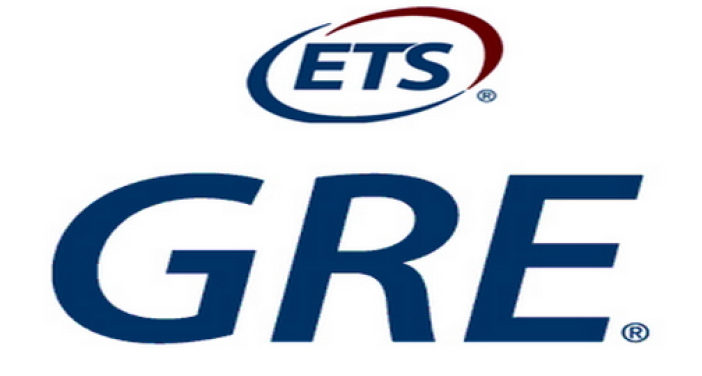The Graduate Record Examinations (GRE) is used by thousands of graduate and business schools to make admission and fellowship decisions. Many programs require scores from the GRE General Test as part of a complete application, and some also require or recommend scores from one more GRE Subject Tests.
There are three GRE sections: Verbal, Quantitative (math), and Analytical Writing. The GRE tests college-level vocabulary and verbal reasoning; basic math concepts in arithmetic, algebra, and geometry; and your writing and analytical skills. The duration of examination will be 3 hours and 45 minutes GRE test-takers will receive three separate scores, one for each section. Math and Verbal GRE scores fall on a scale of 130–170. Analytical Writing scores range from 0–6. Your GRE score remains valid for five years.
The GRE is a computer-adaptive test, or CAT for short. Every test taker will see a least two Math sections and two Verbal sections. The difficulty level of the second section (easy, medium or hard) in each subject is determined by your performance on the first section. If you get lots of questions right on the first section, you will get a harder second section, but access to higher scores. If you don’t get as many questions right on the first section, you will get an easier second section and your scoring potential is capped at a lower range. The computer-delivered GRE is the standard format for test takers. The paper-based GRE is far rarer and only offered up to three times a year.
The GRE Subject Tests are similar to the SAT Subject Tests in that they test your knowledge of a particular subject like chemistry or literature. Not every school requires a GRE Subject Test, but many of the most competitive programs do. ETS offers the Subject Tests three times a year; they are not part of the standard GRE. There are six GRE Subjects: biology, chemistry, English literature, math, physics, and psychology.

